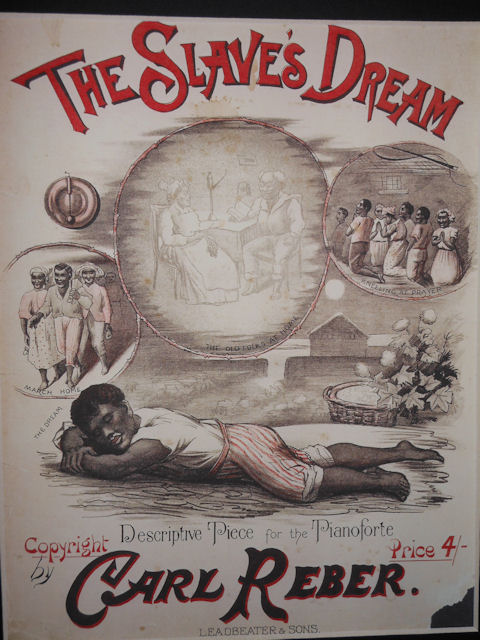Context: This poem is written by Henry Longfellow, an American poet, who was a commanding figure in America during the 19th century. Only in 1850s he became a known poet in America, and by the time of his death in 1882, he became a world-famous poet. Henry Longfellow was a romantic poet, a traveller, and a linguist, who is identified with the culture and traditions of Great Britain.
In this poem, Rain in Summer, the poet is trying to capture the picture of the immense bliss of rain in a scorching summer day. He tries to capture the joy and excitement of people in good and bad health, people of all age groups, from old to young ones, welcome rain with their open arms, and thank the heavens for the blessing in form of rain.
The poet tries to describe the beauty of rain, and how it looks falling on the window pane, how beautiful it sounds when it falls on the roof, how the earth rejuvenates as the clouds quench its heat, and how gutters look like a raging river with water full of mud. How the trees and field are rejuvenated and the fields free a freshness in them, how the dry and parched land gets satisfied with the shower.
In the last part of the poem, the poet says that he has a different way of looking into everything that happens around him, and he doesn’t let the train of his thoughts and imagination stop anywhere. He says that people enjoy the rain and be pleases, but the poet’s thoughts about the rain follows it to every corner it reaches. He says that the thoughts and imaginations of a poet don’t stop where a normal person’s does. He says that a poet’s thoughts and vision helps him to see what is unseen, tell what is untold, and understand what is hidden. He says that only a poet’s mind could see through things that normally people don’t. He observes the rain and feels that it symbolises the endless cycle of life and death that is present in all the elements of the Universe, and that every organism is trapped in this cycle. There is a wheel of time that keeps rotating, and we all a small part of that wheel.
Rhyming Style and Structure: In this poem, the poet has not followed any particular rhythmic structure or rhyming scheme. However, there is a scheme or rhymes seen in lines, which have not been followed throughout the poem. For example, in the first ten lines the rhyme scheme is a b baa c c d d a, which differs in rest of the poem. However, the words chosen for the poem to rhyme and capture the image of the rain is simple and beautiful.
The poet has tried to provide metaphors from nature to provide images of the rain in scorching summer. For example,
In the country, on every side,
Where far and wide,
Like a leopard’s tawny and spotted hide,
Stretches the plain,
To the dry grass and the drier grain
How welcome is the rain!
The poet has tried to compare the colour of the fur of the leopard to compare with the dry and dead condition of the vegetation around. He is trying to provide a contrast between the dry nature of the environment and its rejuvenated state. This leaves a perfect image of the scenery in the mind of the reader.
The poem has some words in the middle here starting with upper casing, which is where he wants us to emphasise on and pay more attention to. For example:
Unto his wondering eyes reveal
The Universe, as an immeasurable wheel
Turning forevermore
In the rapid and rushing river of Time.
This is one technique that all the poets use to bring intensity in their poems, and to bring out their emotions. The words in the poem which start with the upper case need to be put more attention, and their function and importance in the context should be understood.
There is another pattern that the poet has used in this poem, which is to end the lines and using punctuations according to what he had wanted to express and how he wanted to express it in the poem. Punctuations help the reader to stop and pause in the areas where the reader could stop and ponder on the meaning of the lines.
Though the poem is a little lengthy one, the flow of expressions and words saves it from being difficult to understand and analyse.
Theme: The theme in this poem is romantic and imagery, where the port has tried to capture the image of the rain in the summer with beautiful metaphors of nature. He has tried to capture a sense of solitude, joy, happiness, excitement, relief, and greatness towards God for His blessings showering as rain. The poem captures a day when it rains after such a long time in the summer, and brings joy and happiness to everyone. It brings the children to the streets playing in the mud, and the old and ill feel rejuvenated as they see the rain drops falling on the window panes, and when they hear the rain drops fall on the roof. The peasants are overjoyed more than anyone, as they see that the farms are filling with water. But the poet says that he sees beyond all these joy and happiness. He sees an unending cycle of time that rotates in the universe, and we all a small part of it.
Deep Meaning: The deep meaning of this poem is that the poet can see people around him being happy about the rain, but they don’t see beyond this, where the cycle of time and truth lies in the universe. The world is overjoyed at the arrival of rain, but the poet sees something else in this phenomena.
Dear Readers- If this summary/analysis has helped you, kindly take a little effort to like or +1 this post or both. Make sure you like Beamingnotes Facebook page and subscribe to our newsletter so that we can keep in touch. We’ll keep informing you about stuffs that are really interesting, worth knowing and adds importance to you.
Some online learning platforms provide certifications, while others are designed to simply grow your skills in your personal and professional life. Including Masterclass and Coursera, here are our recommendations for the best online learning platforms you can sign up for today.
The 7 Best Online Learning Platforms of 2022
- Best Overall: Coursera
- Best for Niche Topics: Udemy
- Best for Creative Fields: Skillshare
- Best for Celebrity Lessons: MasterClass
- Best for STEM: EdX
- Best for Career Building: Udacity
- Best for Data Learning: Pluralsight















Thank you, this was very helpful